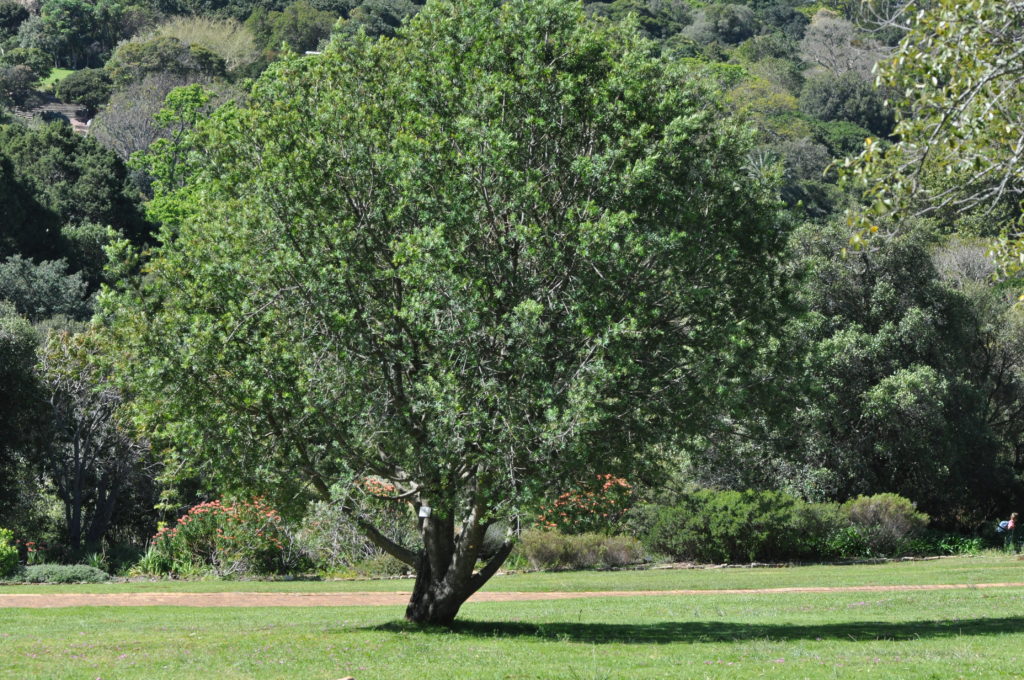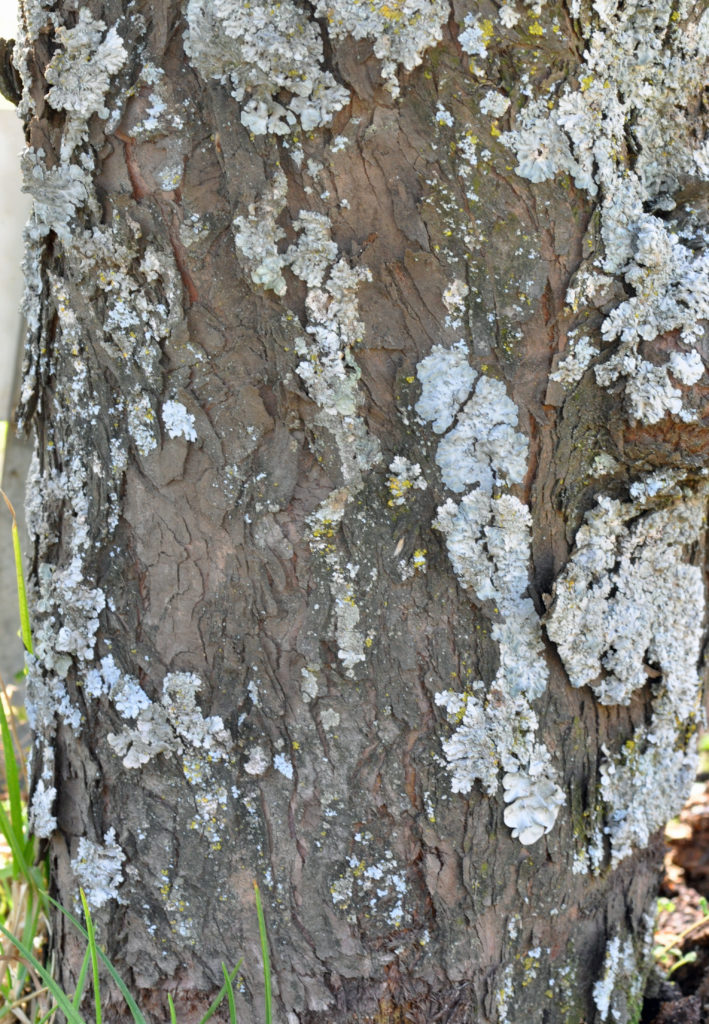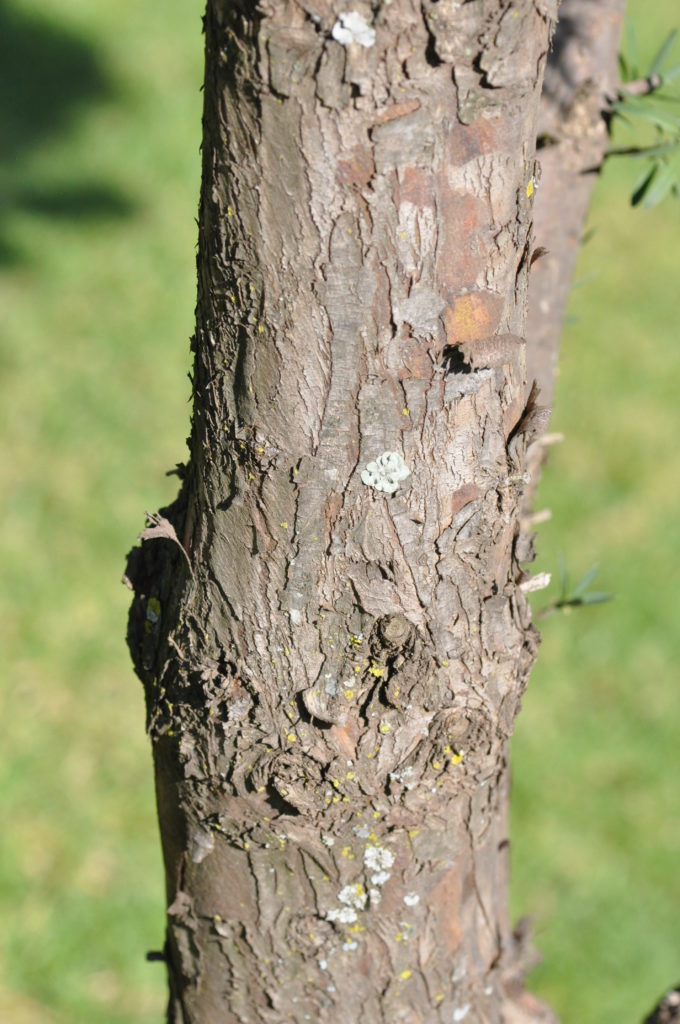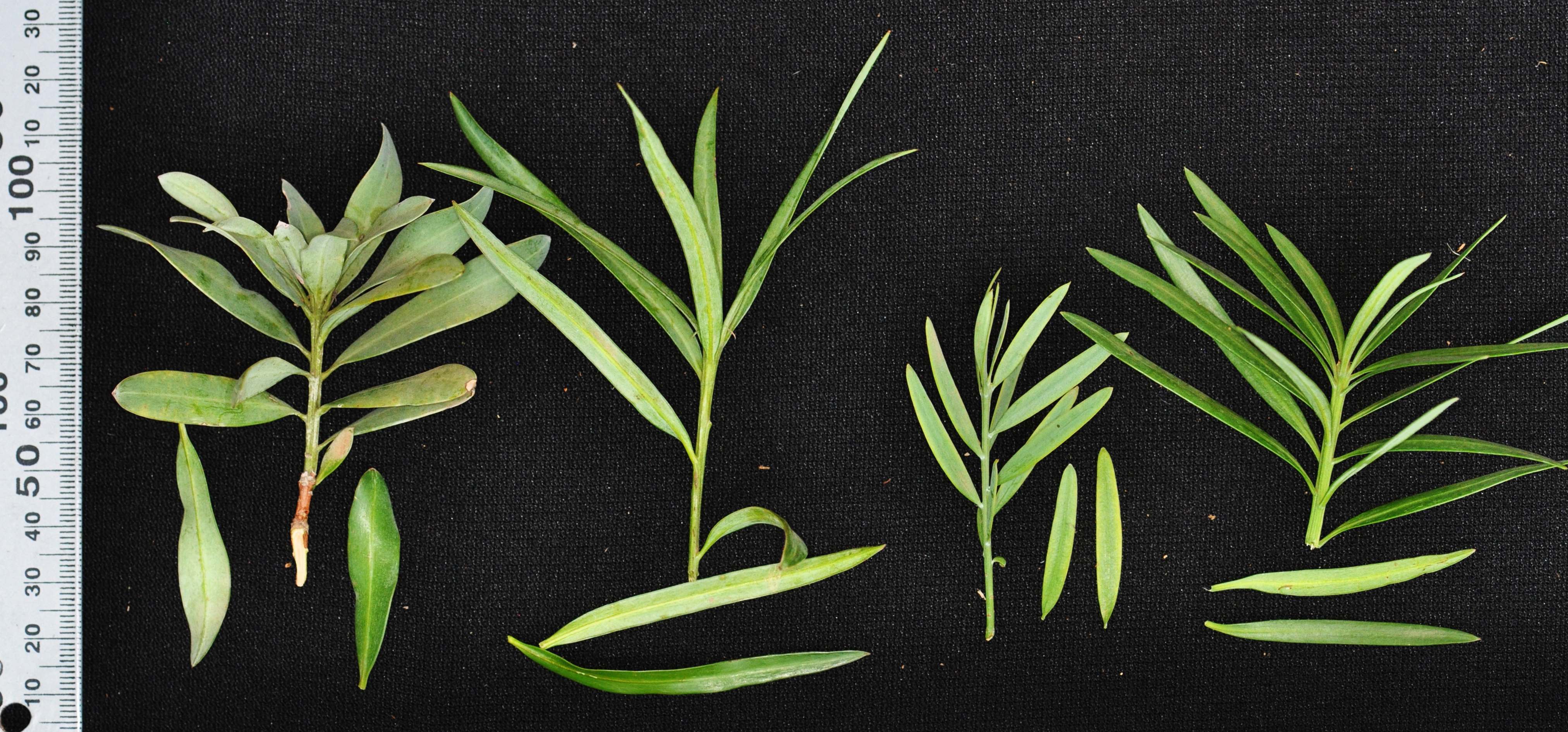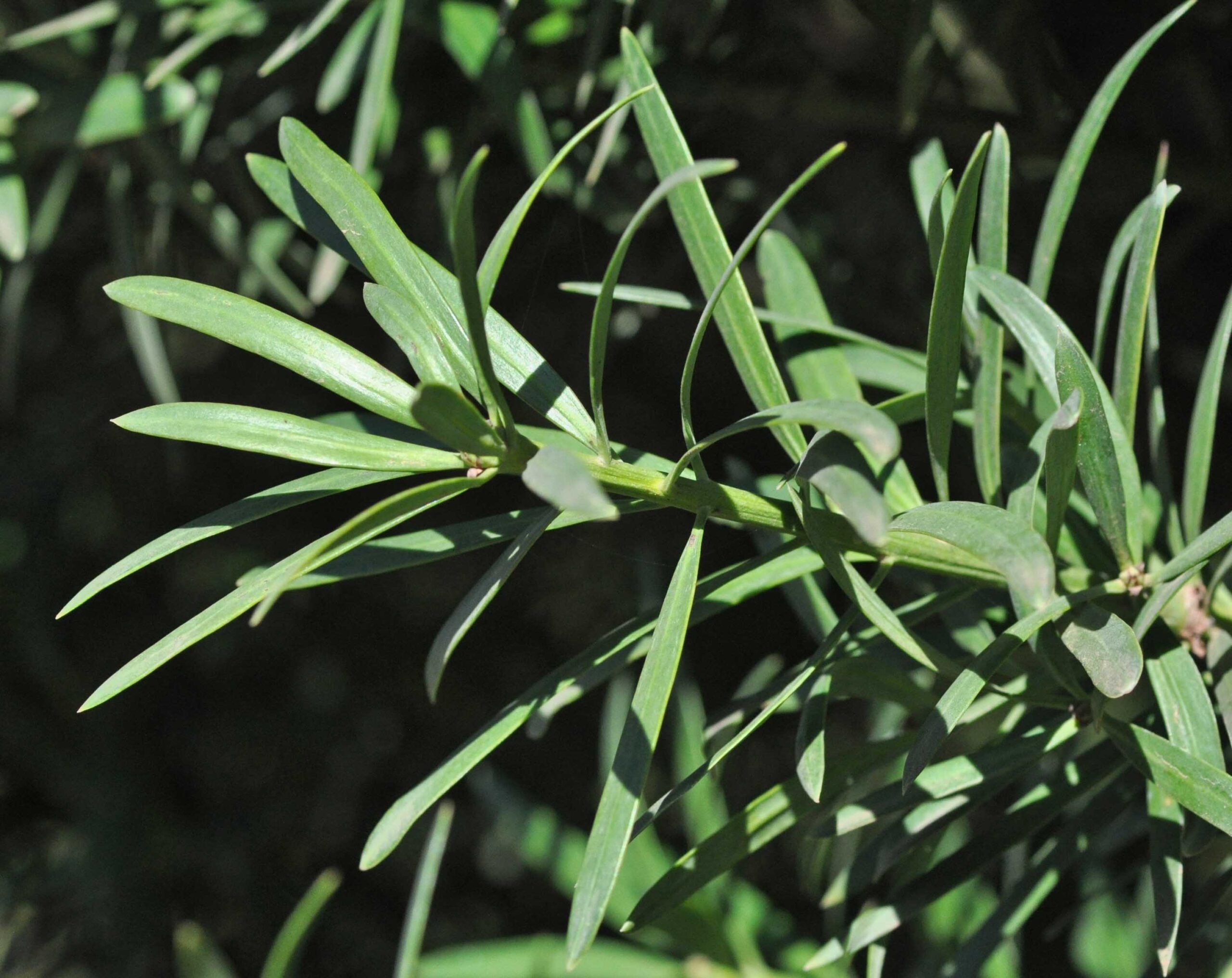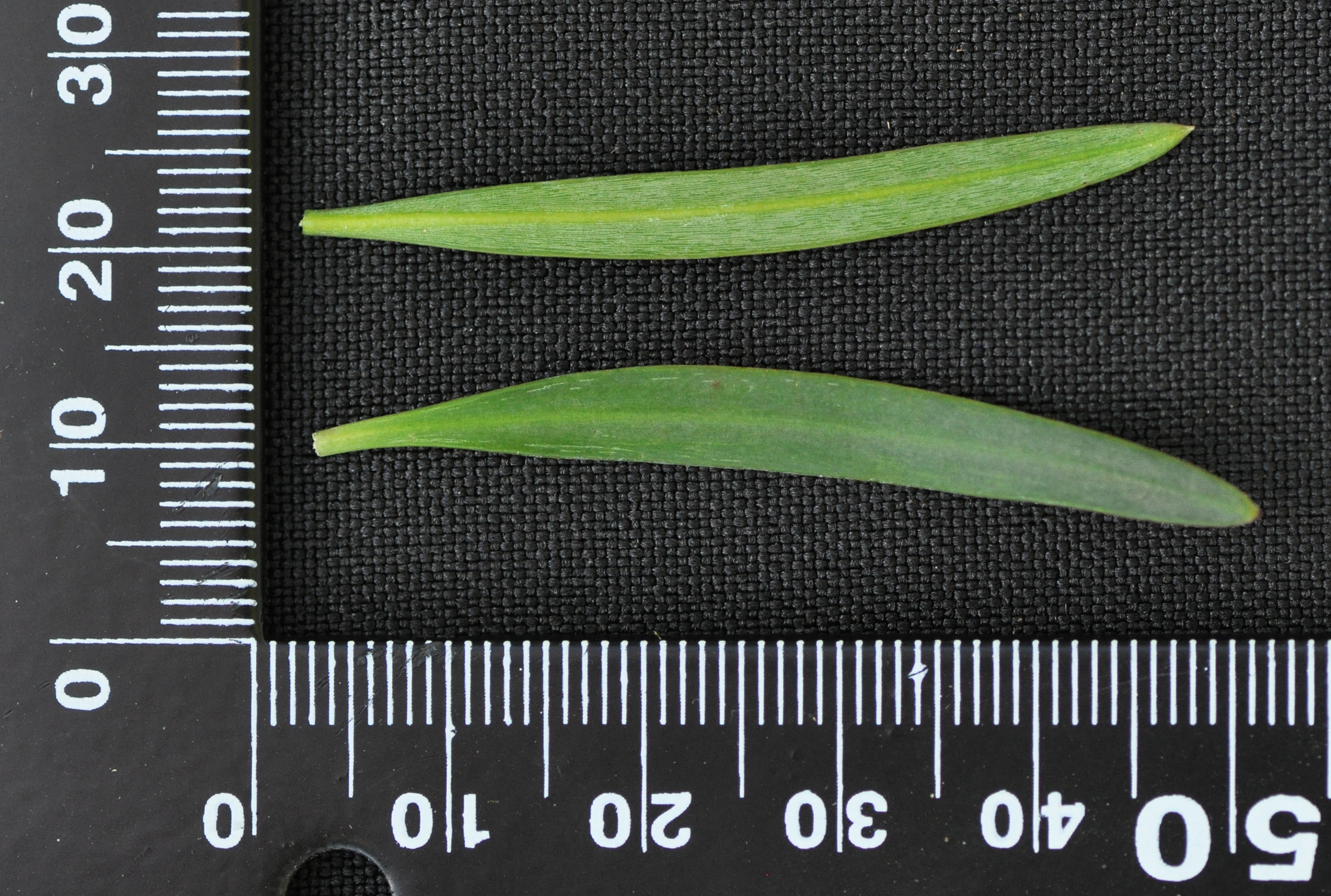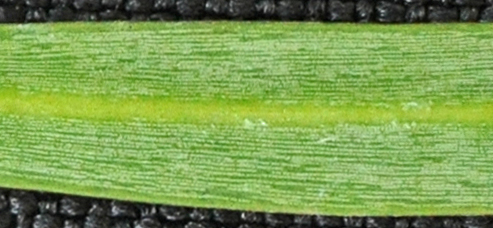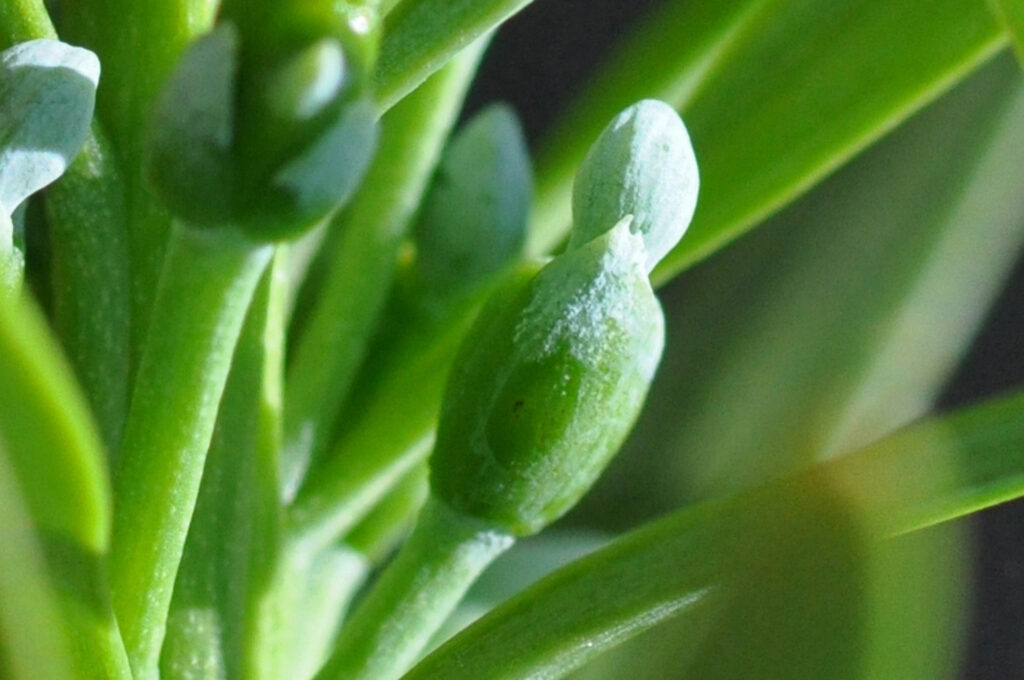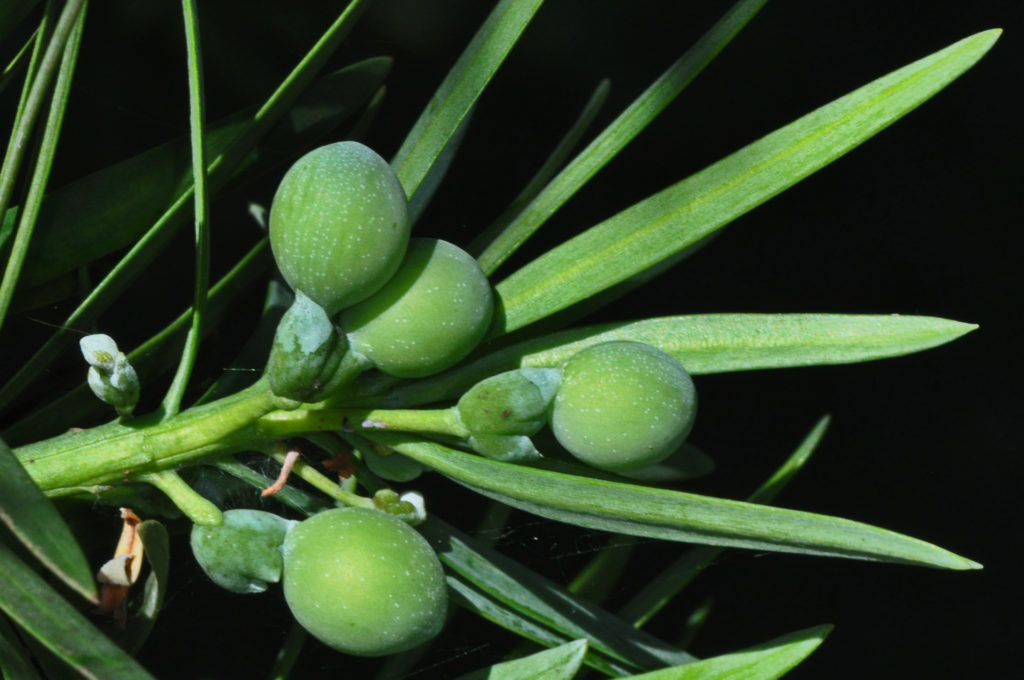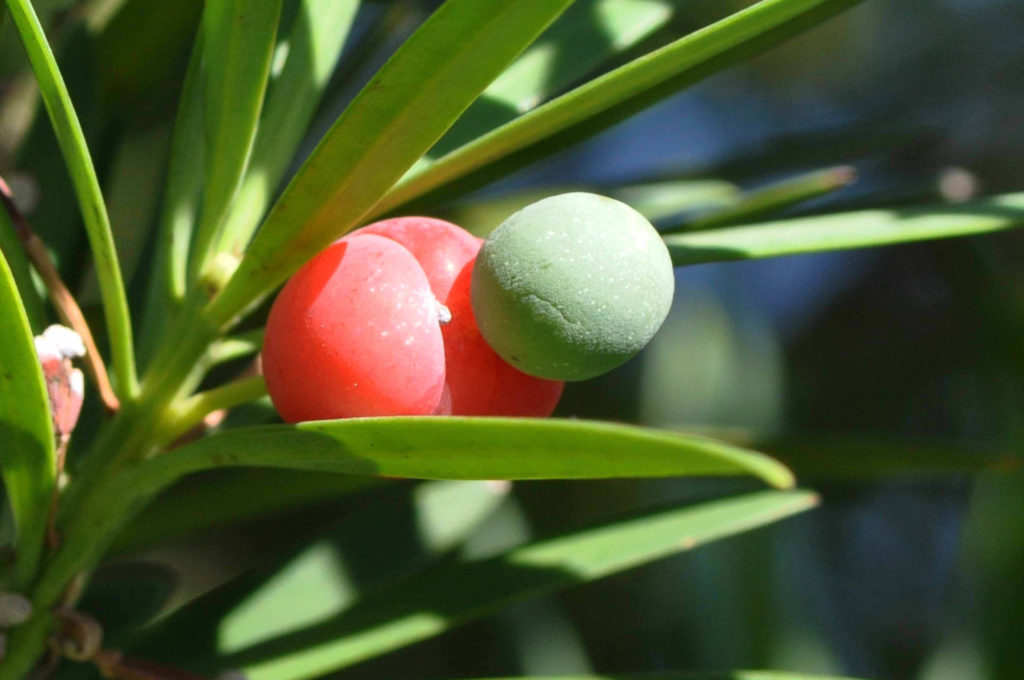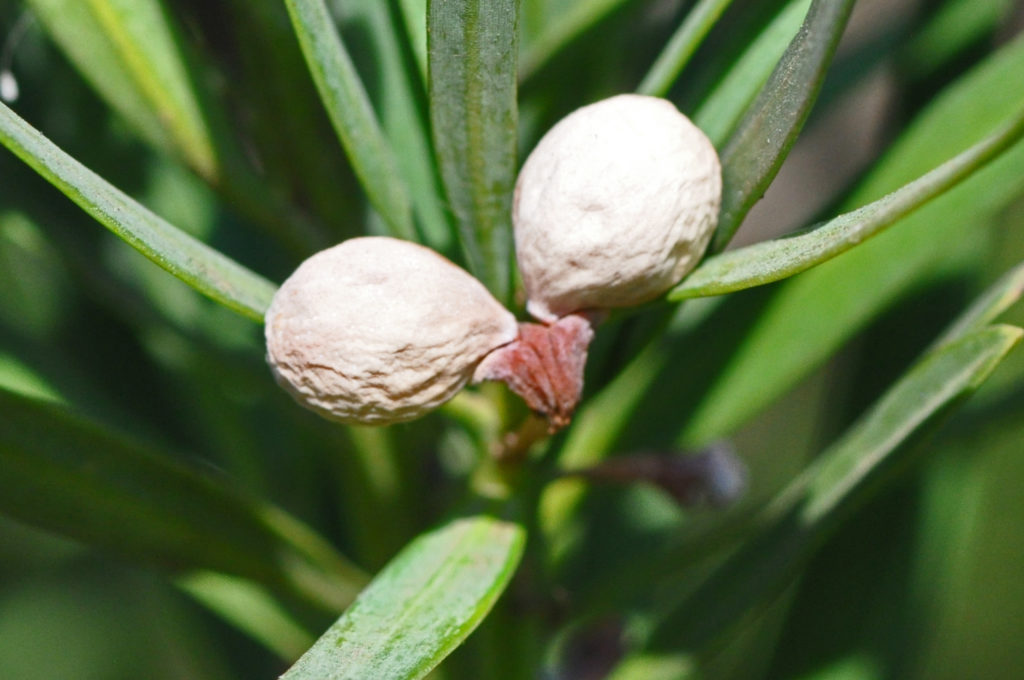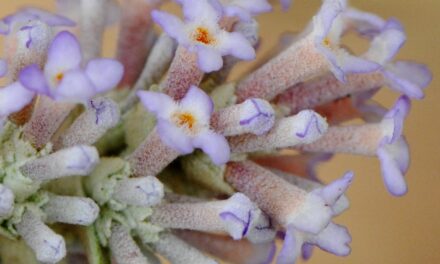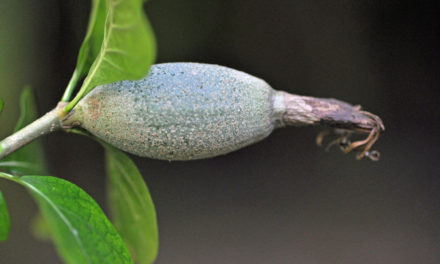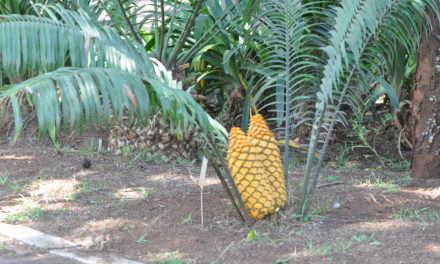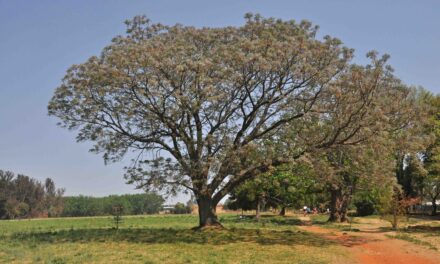General Info – summary
Relatively small, dioecious, evergreen Tree is up to 6m+ high but often develops as a bush. Epicormic buds are only present on this South African Podocarpus. Elliptic, parallel veined Leaves are simple. Small Male cones produce wind-dispersed pollen. In the Female, the single ovules are not in cones but develop on a scarlet or purple swollen and fleshy receptacle. An epimatium encloses each bird dispersed seed.
Description
Podocarpus elongatus
Previous Names: Nageia elongate, Podocarpus thunbergii, Taxus capensis, Taxus elongate.
SA Tree No. 15.
Common names: (Afr) Berggeelhout, Breederivier-geelhout, Geelhout, Rooibessie-geelhout, Breëriviergeelhout, Westelikegeelhout. (Eng) Breede River Yellowwood, Red-berried Yellowwood.
Family: Podocarpaceae. (A large family of mainly southern hemisphere conifers, which includes our Yellowwoods). The primary branches form pseudo-whorls around the trunk. The coriaceous Leaves are deciduous or evergreen (usually) and linear to narrowly ovate. A distinct Midrib is present. The evergreen trees or shrubs are usually dioecious. The Perianth is absent. The catkin-like Male cones usually have many microsporophylls (fertile scales) each with 2 pollen sacs. Pollen grains usually have 2 air-bags or wings. Female cones have 1 or 2 fertile terminal scales and a few sterile scales. Ovules are solitary, inverted and enclosed in an epimatium (part of the scale supporting the ovule develops into a rounded covering enclosing the seed entirely). The Seeds, with 2 cotyledons (seed leaves), are borne on a receptacle, which is often swollen and fleshy. The seeds are not in cones. There are about 17 genera and 125 species in this family. Podocarpus is the only genus in southern Africa and has 4 species: P. latifolius; P. henkelii; P. falcatus and P. elongatus.
Name derivation: Podocarpus: podo (foot) karpus (fruit) referring to the fleshy receptacle on which seed are held. elongatus – drawn out in length – referring to the leaf.
The genus Podocarpus was endemic in Gondwanaland – the ancient southern hemisphere supercontinent that comprised of a combination of South America, Africa, Antarctica, Australia and India. Some species still grow in some of these places but not in Antarctica.
Conservation: National Status: L C. (Least Concern). Assessed: 2009 (W. Foden and L. Potter).
Tree
This is the smallest yellowwood species in South Africa (photo 289). This Tree is usually up to 6m high but may grow higher in sheltered moist areas. It is often as broad as high (photo 289) and has a round bushy shape. Unlike other yellowwoods, it often grows as a multi-stemmed bush or spreading shrub. The green to grey Trunk has the ability to regenerate when damaged. The Bark is thinnish, green to grey or brown and may peel off in narrow lengthy strips (photo 716). White/grey Lichen (composite organism arising from a mutualistic relationship between fungi or cyanobacteria and algae species –in photo 756) may be present. Branchlets are without substantial furrows or ridges extending down the stem below the point of attachment of the leaf bases.
- 289. 2018/09/11. Kirstenbosch NBG. Photo: David Becking.
- 756. 2017/09/06. Walter Sisulu NBG. Photo: David Becking.
- 716. 2015/04/21. Walter Sisulu NBG. Photo: David Becking.
Leaves
On this evergreen tree, the tough leathery and parallel veined Leaves are usually arranged spirally. They may also be in whorls or nearly opposite in younger stems. Some horizontally attached leaves may droop slightly. Leaves are usually crowded towards the ends of branchlets. They are narrowly elliptic, blue-green or grey-green. A bloom may be present. Here rubbing the surface to remove it may highlight the underlying colour. Mature leaves are up to 6 x 0,5cm (photo 745). Young leaves may be larger. Scattered Stomata (structures utilising 2 guard cells that, unlike lenticels, can control the gaseous exchange between the plant and the surrounding atmosphere) occur in longitudinal grooves on the upper surface, from the margin to the midrib. Here a good hand lens is necessary to see them more clearly. This is a distinctive characteristic (in tiny white dots in photo 745E). N.B. these scattered stomata are more distinctive than on P. latifolius leaves. The thick leaf has a waxy cuticle (a waxy protection – against water loss and pathogen entry. This covering occurs mainly on young shoots and leaves). The Midrib is raised below, and slightly raised above. The leaves taper towards the Base, and Apex – where it may be pointed. The Margin is entire (with a continuous margin, not in any way indented) and is slightly rolled under (photo 745E). The Petiole (leaf stalk) is short. Leaves are usually shorter and narrower in P. elongatus than in P. latifolius (photo 59).
Photo 59 shows leaves of different indigenous Podocarpaceae species. L-R: P. latifolius; P. henkelii; P. falcatus (Afrocarpus falcatus) and P. elongatus. This is the order in which they were planted at Walter Sisulu – moving away and slightly uphill from the waterfall.
- 59. 2016/01/05. Walter Sisulu NBG. Photo: David Becking.
- 742. 2017/09/06. Walter Sisulu NBG. Photo: David Becking.
- 745. 2017/09/06 Walter Sisulu NBG. Photo: David Becking.
- 745R. 2017/09/06 Walter Sisulu NBG. Photo: David Becking.
Reproduction
These Trees are dioecious (unisexual structures with male and female parts are on separate plants). Male Cones are situated in leaf axils (growing between stem and leaf) and are solitary or in groups of two to five. Each cone is up to 2,5 x 0,3cm. They contain spirally arranged Scales. On the undersurface, each scale bears two tiny pollen sacs that are about 1mm long. Each pollen sac contains microscopic winged pollen grains. The scales then open to release the wind-dispersed pollen grains. The wind may carry the pollen a surprising distance. The entire cone elongates after the shedding of the pollen.
The Female Cones are situated on a fleshy stalk. This occurs on the upper surface of the scale. The swollen Receptacle (is that expanded tip of the flower stalk (photo 494) from which the floral parts develop) has a diameter of up to 1cm and is fleshy and a gleaming green at first (photo 794). It matures into an impressive scarlet or purple (photo 711). This diagnostic swollen, fleshy, coloured receptacle is absent in Podocarpus falcatus. The usually solitary Ovule is fused to the face of fertile scales and here the seed develops. The Seeds have 2 cotyledons and are not borne in pine-like cones. Each of the olive green seeds is ellipsoid to ovoid and up to 7 x 2mm. Part of the scale supporting the ovule develops into a rounded fleshy covering enclosing the seed entirely and is called the Epimatium (photo 788). This epimatium rests on top of the coloured receptacle (photo 711). (Jan–May).
- 494. 2014/10/28. Walter Sisulu NBG. Photo: David Becking.
- 788. 2014/12/30. Walter Sisulu NBG. Photo: David Becking.
- 711. 2015/04/21. Walter Sisulu NBG. Photo: David Becking.
- 589. 2015/06/02. Walter Sisulu NBG. Photo: David Becking.
Distribution & Ecology
This Tree is Endemic in the Western Cape (Endemism is the ecological state of a species being unique to a defined geographic location). It only occurs naturally in the winter rainfall areas of the Western Cape: in the Breeder River Valley from the Bokkeveld Mountains, (mountain range in the Western Cape composed of sandstones, which are about 30km long and 8km wide running WNW to ESE) to Swellendam (at the foot of the 250km long Langeberg Mountains which runs roughly NW/SE). This plant grows in dry exposed areas as shrubs and in moister, sandy areas like stream banks as a tree. They do not occur on the coastal belt. The female cones have the ability to use only pollen from their own species, and over a surprising distance. The survival of this tree is aided by the presence of Epicormic buds, which lie dormant below the bark until damage to the trunk occurs. Hormones, suppress the growth of these buds – sometimes for years. This also allow the tree to regenerate after fire damage. These buds do not occur in any other yellowwood species. These trees can tolerate frost and are found up to an altitude of 2 250m. Good examples occur along the Breeder River and in the Bontebok National Park – east of Cape Town on the N2. Seeds dispersal is mainly by birds e.g., Knysna Turaco (Lourie), the olive green Rameron pigeon (African olive pigeon) and the Cape Parrot. These birds also consume the receptacle.
Ethnobotany
The Trunk is often twisted. This restricts the cutting of straight wood pieces and little use is made of the Wood. It is not easy to tell the difference between small pieces of this wood and that of other yellowwoods. This tree is hardier than other yellowwoods and is a Protected Tree in South Africa. When collecting seeds to plant, do not collect the earlier developed seeds as they are often infested with beetle larvae. Later collected seeds develop quickly. Male Podocarpus trees drop extremely allergenic wind dispersed Pollen. The red, purple or bluish fleshy receptacle and seeds of most species of Podocarpus are edible, raw or cooked into jams or pies. They have a mucilaginous texture with a slightly sweet flavor. However, they are slightly toxic and should be eaten only in small amounts, especially when raw.
References
Coates Palgrave, M. 2002. Keith Coates Palgrave Trees of Southern Africa, edn 3. Struik, Cape Town.
Foden, W. & Potter, L. 2009. Podocarpus elongatus (Aiton) L’Hér. ex Pers. National Assessment: Red List of South African Plants version 2020.1. Accessed on 2023/10/08.
Ginn P.J. Mcilleron W.G. and Milstein P. le S, 1989. The Complete Book of Southern African Birds. Struik, Cape Town.
Palmer, E. & Pitman, N. 1972. Trees of southern Africa. Balkema, Amsterdam, Cape Town.
van Wyk, B. & van Wyk, P. 1997 Field guide to Trees of Southern Africa. Struik, Cape Town.
http://www.iucnredlist.org/details/42501/0
http://www.plantzafrica.com/plantnop/podocarpelong.htm
http://www.conifers.org/po/Podocarpus_elongatus.php
https://en.wikipedia.org/wiki/Podocarpus_elongatus
http://posa.sanbi.org/flora/browse.php?src=SP
https://www.sciencedirect.com/topics/agricultural-and-biological-sciences/podocarpaceae

